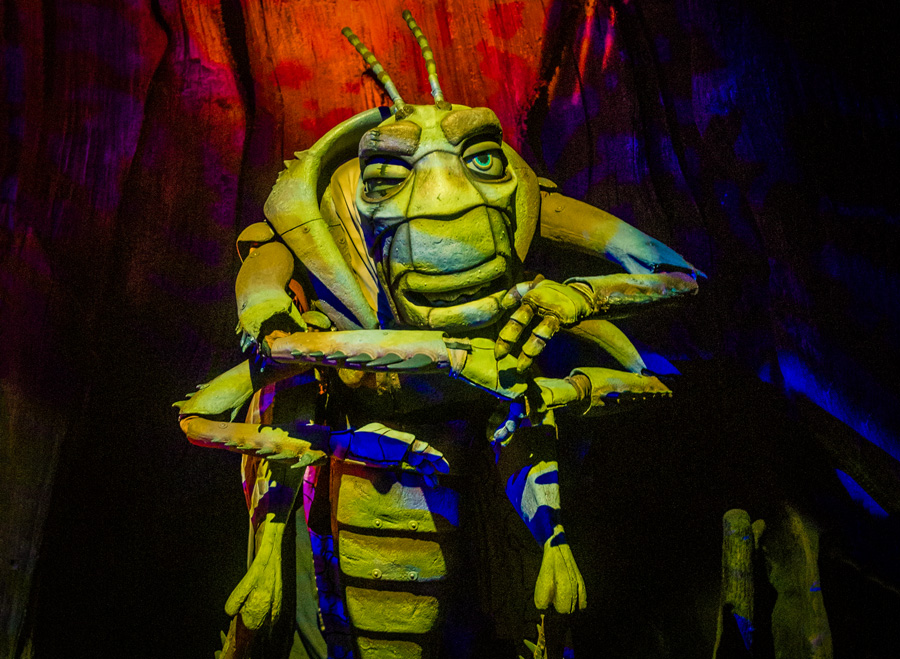
It’s May once more, which means lovebug season has ‘officially’ returned to Walt Disney World…or has it? This post rants a bit about these insects, shares info & tips for avoiding love and other bugs during their peak months in Florida, and more. (Updated May 8, 2024.)
Known as the month of merriment and renewal, May is when poets write of lovers, subject to the same force which reawakens the plants, feel their hearts open again. Named after Maia, the goddess of springtime and growth, May is a gentle and warm month that causes flowers to blossom, crops to sprout, and people to dance.
That is, unless you’re in Florida. Sure, love is in the air, but it’s in bug form. The state also has 20 million genetically modified mosquitoes that were released last year in the Florida Keys, as part of a landmark project during which researchers learned absolutely nothing from this highly-scientific Simpsons clip. This is to say nothing of invasive species, which are exploding in the state per a very amusing/scary “dispatch from Florida” in National Geographic.
Cutting to the chase, are you wondering why little pests are all around Walt Disney World? (No, we’re not talking about small children–sorry for the confusion.) These are swarms of flying insects known as lovebugs, and they appear twice per year in Central Florida. Lovebug season usually occurs in May and September, although the actual “intensity” of the season varies dramatically based on weather conditions. Some years, lovebug season is awful; other years, it’s nonexistent.
Dr. Norman Leppla, a professor of entomology and nematology at the University of Florida explains that lovebugs require a “Goldilocks” environment to thrive. Not too wet, not too dry–just right. Essentially, average rainfall occurring relatively consistently during the winter.
Lovebug larvae live in decaying vegetation at the soil surface. If the habitat is too wet, they drown. If the environment is too dry, the larvae dries up. For the last two years, the Orlando area had far less rainfall than average by the start of lovebug season. This included several stretches of uninterrupted dry weather, which effectively dried up the lovebug larvae. As a result, the 2023 love bug season wasn’t bad at all.
It’s a similar story in 2024, albeit for a potentially different reason. Dr. Leppla notes that he once again isn’t seeing many lovebugs in Central Florida this year. However, the reason behind this decline is a mystery. Leppla speculates it could be due to various factors, such as pathogens, although he acknowledges the challenge of pinpointing the cause of a decline in insect populations. He also indicates that there’s not really any research being done on lovebugs to find out what’s happening since they’re not integral to the ecosystem.
“They are closely related to mosquitoes, and we’ve got plenty of mosquitoes, so why don’t we have plenty of love bugs?” Dr. Leppla wondered during an interview on Fox 35 Orlando. “It’s not predators. We haven’t seen any parasites. Could be a pathogen,” he continued. “It’s just hard to tell when a population of insects declines. What is the cause?”
As a result, you shouldn’t expect to see many–if any–lovebugs at Walt Disney World during May 2024 (or even August and September, for that matter). That’s one nuisance you can cross off your list for this month at Walt Disney World. But on a totally unrelated note, the cheer and dance competitions are back and bigger than ever, so there’s that.
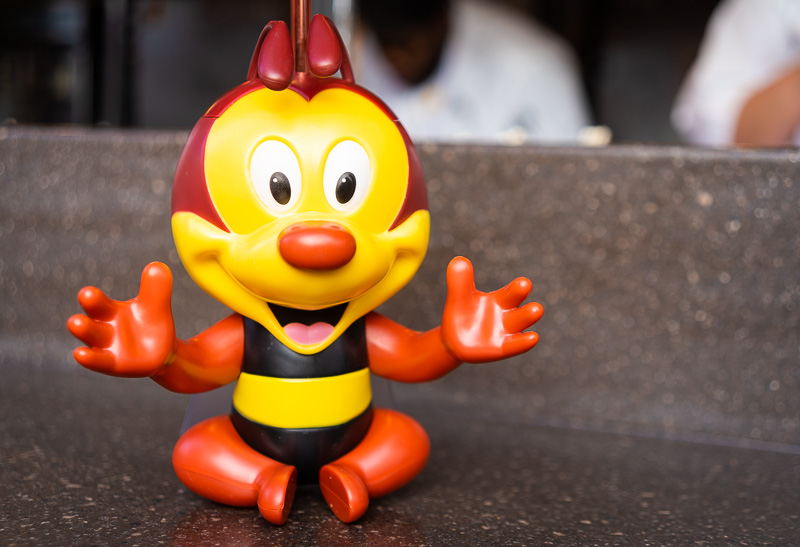

For those who last visited Walt Disney World in 2019 or 2022, this will be a welcome relief. While lovebugs flew under the radar in 2020-2021 and 2023, 2019 and 2022 were pretty bad.
In fact, 2019 was the worst lovebug season we’ve ever experienced at Walt Disney World (and we’ve visited or resided in Central Florida during this ‘season’ every year for the last decade-plus). The first day driving during lovebug season that year, we thought a light rain had started. Turns out it was just a ‘bug drizzle’ hitting the windshield.
The awful 2019 lovebug season is actually what originally inspired this post. In Epcot, love bugs were swarming everywhere, but a harmless irritant. That is, until a pair flew at my mouth while I was eating poutine fries. No person or pest gets between me and my poutine. Enough is enough. No more whispering–it’s time for a proverbial yell.
Kidding aside, there are a lot of myths about lovebugs. Despite having ample experience with the insects over the years, the entirety of my knowledge prior to researching them out of curiosity (which in turn led to this blog post) consisted of people on social media asking, “what’s up with all of the bugs at Walt Disney World right now?!” and locals giving their answers.


Like Pop Warner and Jersey Week, love bug seasons are seemingly unexplainable natural phenomenons that’s spoken of in hushed whispers among Walt Disney World fans. No one likes the annual infestations, but we don’t want to anger our new insect overlords that the ‘it’s tough to be a bug’ documentary at Animal Kingdom warned us about.
My favorite of the lovebug myths is that they are the result of a genetic experiment gone wrong at the University of Florida, which has gained so much traction that it has a Snopes page. While that’s a great urban legend and should absolutely be used by Capcom for the next Resident Evil plot, it’s false.
According to the University of Florida’s own site, the school did not introduce the love bug to the state. Of course the University of Florida would want to throw us off the scent and deny being the cause. However, [joke redacted because I have no dog in the South’s college rivalry fight, and also the good sense not to bring the wrath ~25% of Floridians down upon me].
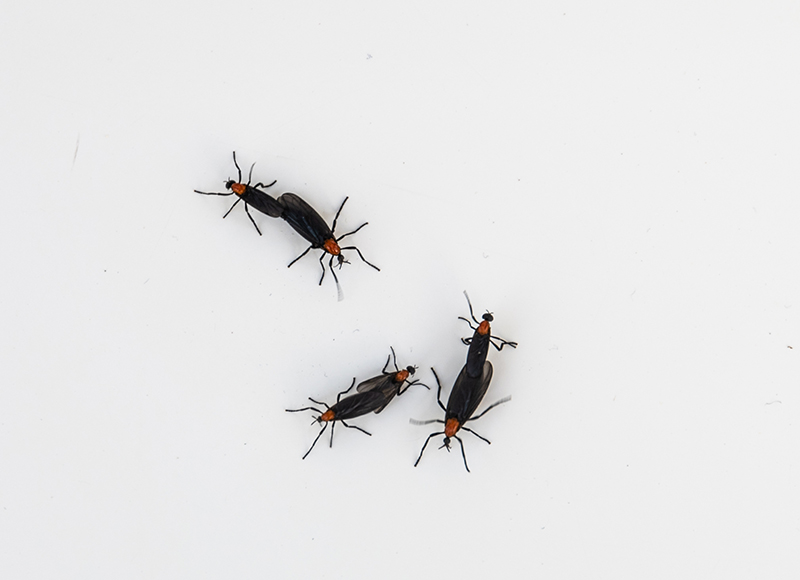

In actuality, lovebugs migrated from Central America, traveling through Texas and Louisiana before arriving in Florida in the twentieth century. The bugs were seen in Louisiana as early as 1911, and common in Texas, Florida, Alabama, Mississippi, and Louisiana in the 1940s. By the end of the 20th century, lovebugs had spread heavily to all areas bordering the Gulf of Mexico, as well as Georgia and South Carolina.
The lovebug (Plecia nearctica) is also known as the honeymoon fly or double-headed bug. The name is derived from (kids, skip this paragraph) their affinity for public fornication. May and September are their mating periods, during which time they are joined in flight. Even after mating has ended, adult pairs remain coupled–even in flight–for several days.


Lovebugs have two mating periods, one in the spring and one in the fall. Each of these last for about four weeks, with May and September being peak lovebug season. These insects are usually most active between 10 a.m. and 6 p.m., in temperatures above 84°F.
In terms of debunking some other myths, lovebugs are not drawn to any particular colors or scents at Walt Disney World or on tourists. They are attracted to decomposing plant debris, but may confuse these odors with chemicals in exhaust fumes. Heat also attracts lovebugs.
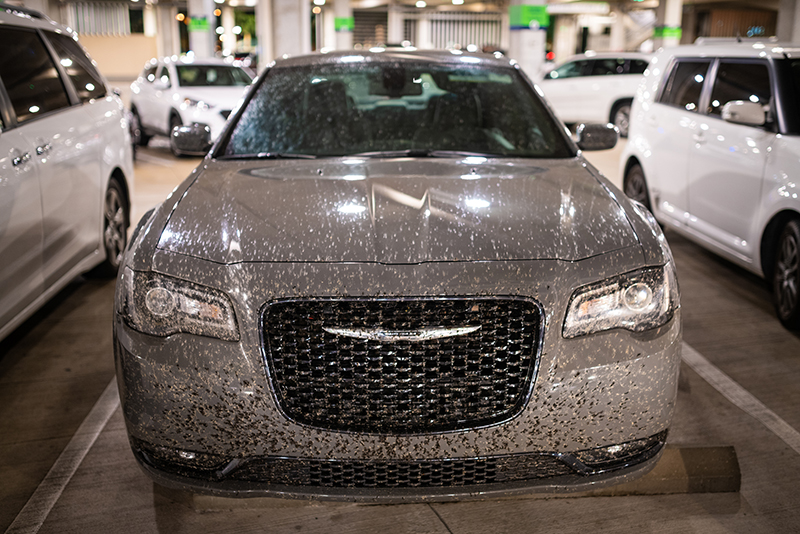

These two reasons in tandem are why lovebugs are especially common on roadways around Walt Disney World, and why your car will look like it just plowed straight through the Battle of Winterfell after only a few miles. They are a ‘neutral’ insect, but bacteria increases their acidity meaning they can damage automobile paint if they are “baked” in the sun over the course of days.
If you’re driving to and around Walt Disney World in your own vehicle, it’s recommended that you get a car wash or put an extra layer of wax on as a protective layer before leaving home. (There are three Speedway gas stations around Walt Disney World property.) As for clean-up, one of the most popular hacks is to use a wet dryer sheet to swab off the bugs.
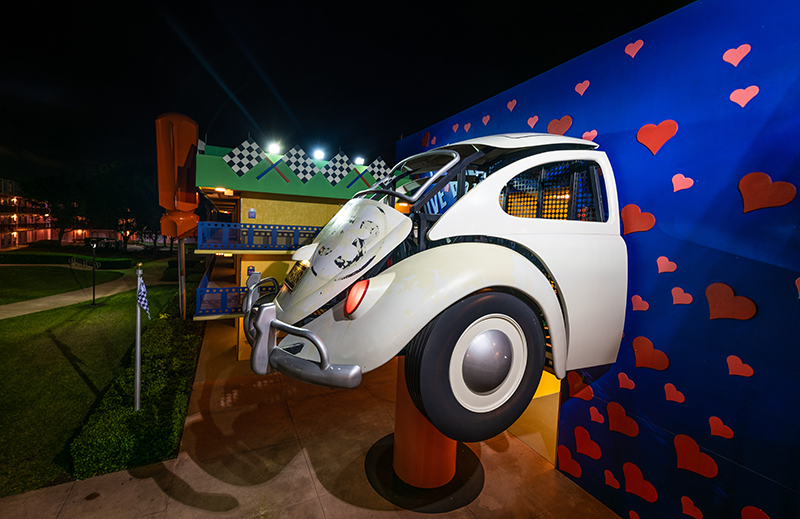

As for humans, lovebugs are mainly a nuisance. Lovebugs are not poisonous, and they do not bite, sting, or transmit diseases. In terms of avoiding lovebugs, there aren’t really any great hacks for that. Chemical pesticides and sprays are ineffective on lovebugs.
The little pairs are ubiquitous this time of year. Having two banging bugs fly into your open mouth may not be your ideal vacation experience…but it’s probably even worse for them, so there’s that silver lining, I suppose. Suffice to say, lovebugs are incredibly frustrating.
Love bugs don’t pose any risk to humans whatsoever (and couldn’t bite even if they wanted to), but they’re incredibly annoying. They are literally everywhere right now, and while most of what’s written above is in jest, you can’t walk around Walt Disney World for long right now without them flying into you or you running into them.


It’s worth noting that for centuries, Florida was viewed as uninhabitable and inhospitable for humans. That’s no joke (for a slightly amusing read, check out “A Requiem for Florida, the Paradise That Should Never Have Been“). While water management and the miracle of air-conditioning have made aspects of Florida more tolerable, Mother Nature cannot be tamed.
Bugs and severe weather remain an issue in Florida for much of the year. While lovebugs are all the rage right now, other insects can be problematic later in the summer. I’ve personally never had much of an issue with mosquitos, and find Walt Disney World’s mosquito monitoring and prevention program to be pretty effective.
Sarah, on the other hand, is like ‘bugnip’ to insects. She now swears by Buzz Away, which is a natural and DEET-free insect repellant. Before that, she found these Zekpro Bug Repeller Bracelets effective; at Walt Disney World you’re already wearing at least one bracelet, and adding too many starts to approach hippie territory.
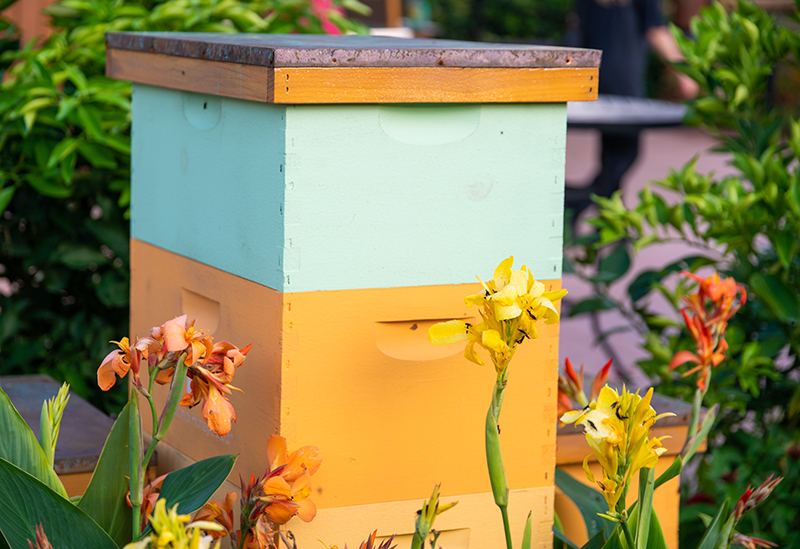

As the official start of Atlantic hurricane season approaches in only a few months, we’d also refer you to our Tips for Visiting Walt Disney World During Storm Season. There have already been a couple of intense afternoon showers of late, and that’s only going to become more frequent as we approach summer.
Ultimately, I realize this wasn’t the most helpful or informative article, especially since the only thing for combating lovebugs while in the parks is “you can’t really do anything.” Nevertheless, hopefully you found my venting interesting or useful. Or, maybe you’ve also had lovebugs pester you all day or fly into your mouth while eating poutine, in which case, we can commiserate with one another’s pain and frustration!
Planning a Walt Disney World trip? Learn about hotels on our Walt Disney World Hotels Reviews page. For where to eat, read our Walt Disney World Restaurant Reviews. To save money on tickets or determine which type to buy, read our Tips for Saving Money on Walt Disney World Tickets post. Our What to Pack for Disney Trips post takes a unique look at clever items to take. For what to do and when to do it, our Walt Disney World Ride Guides will help. For comprehensive advice, the best place to start is our Walt Disney World Trip Planning Guide for everything you need to know!
Your Thoughts
Have you ever experienced the annual love bug plague at Walt Disney World? Have any ranting of your own to do about them? Do you agree or disagree with our commentary? Any questions we can help you answer? Hearing your feedback–even when you disagree with us–is both interesting to us and helpful to other readers, so please share your thoughts below in the comments!












